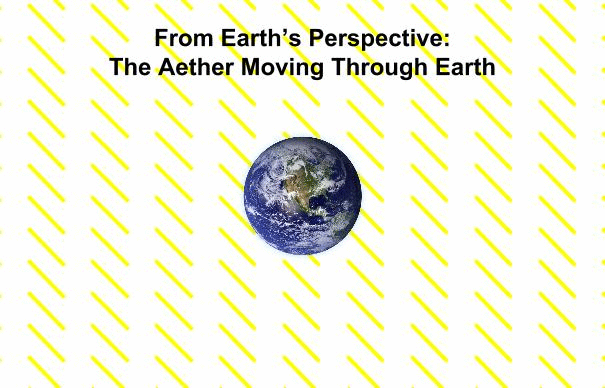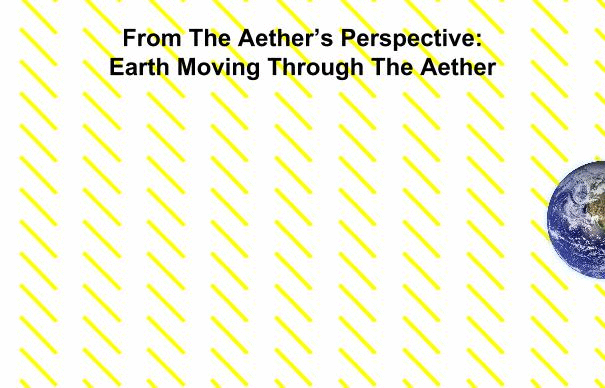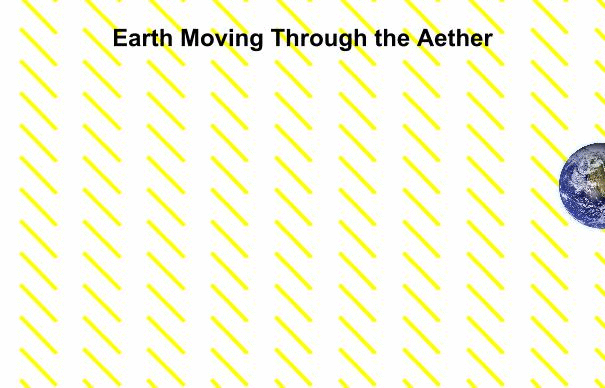At the beginning of the 19th century light was known to behave like a wave, but no deeper understanding of what light is existed. And then came Maxwell! James Clerk Maxwell was a famous scientist and mathematician during the mid 19th century. His most famous works are in the field of electromagnetism. Maxwell gathered laws and equations of electricity and magnetism under one combined theory, uniting and expanding the works of Ampere, Faraday, Gauss and many more. His theory can be summed up into a set of 4 equations known as Maxwell's Equations: 
 From these equations he predicted the existence of electromagnetic waves - waves of oscillating electric and magnetic field, which are always perpendicular to each other and to the direction of motion. He found that the speed these waves traveled was the same as the speed of light, so he concluded that light must actually be electromagnetic waves. Maxwell's equations predict that light travels at a fixed speed through the vacuum. However, from Newtonian kinematics, we know that velocities are added when we deal with relative motion. This means that if we move relative to the vacuum light must travel at a different speed. This is strange because there is nothing there, so how do we know we are moving relative to the vacuum? The easiest explanation to this problem is the existence of a medium, the aether, through which light propagates. From this medium's frame of reference the light would propagate at the speed of light, but to a moving observer light will travel with a different speed. This can be seen from the following animations of the Earth moving through the aether:
This is exactly what Albert Michelson and Edward Morley tried to find in their famous experiment in 1885. |
|
|
|


